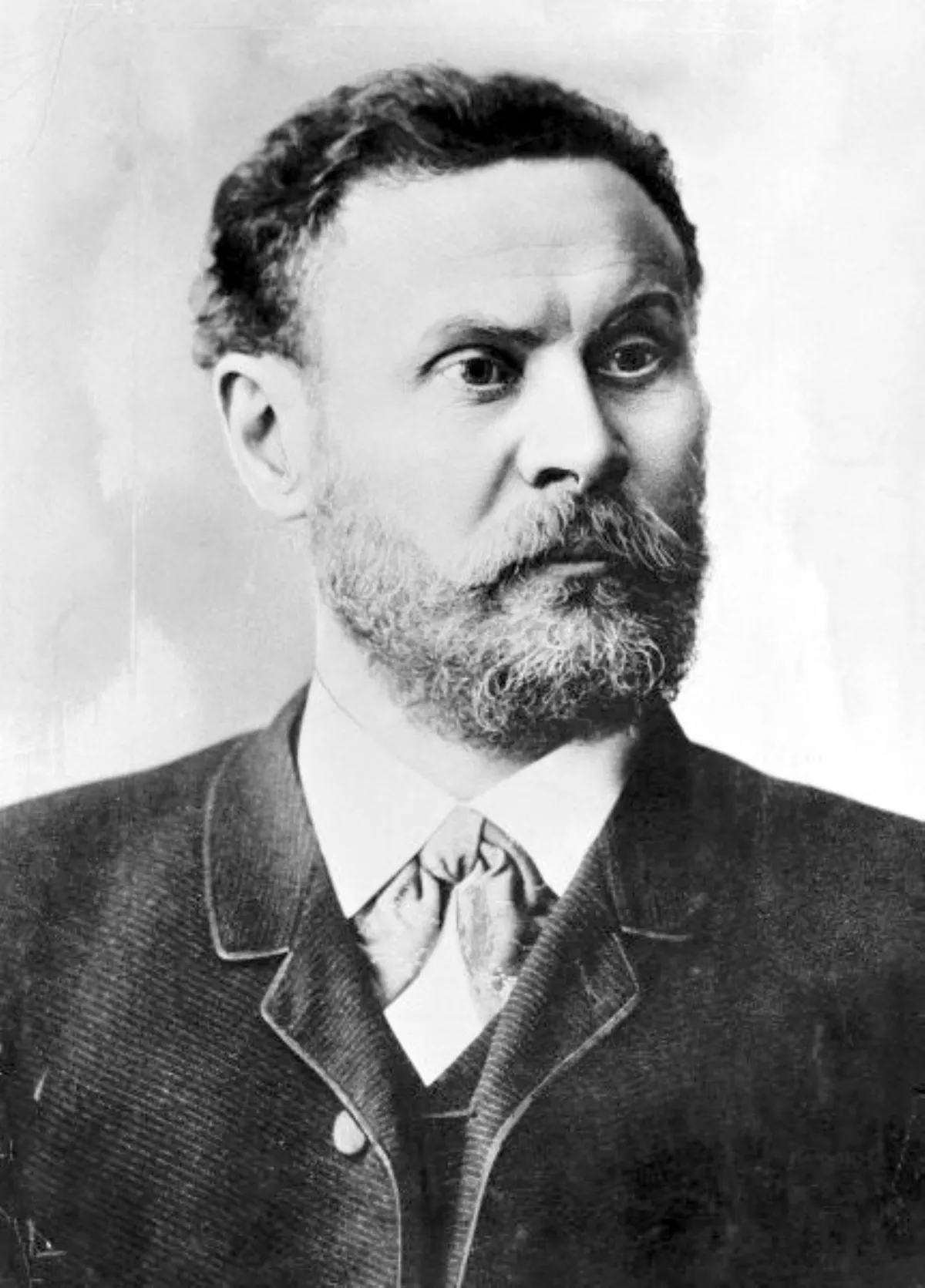 1.
1. Karl Wilhelm Otto Lilienthal was a German pioneer of aviation who became known as the "flying man".

 1.
1. Karl Wilhelm Otto Lilienthal was a German pioneer of aviation who became known as the "flying man".
Otto Lilienthal was the first person to make well-documented, repeated, successful flights with gliders, therefore making the idea of heavier-than-air aircraft a reality.
Newspapers and magazines published photographs of Lilienthal gliding, favourably influencing public and scientific opinion about the possibility of flying machines becoming practical.
Otto Lilienthal's work led to his developing the concept of the modern wing.
Otto Lilienthal has been referred to as the "father of aviation" and "father of flight".
On 9 August 1896, Otto Lilienthal's glider stalled and he was unable to regain control.
Otto Lilienthal was born on 23 May 1848 in Anklam, Pomerania Province, in the German kingdom of Prussia.
Otto Lilienthal was baptised in the evangelical-lutheran St Nicholas church and confirmed in St Mary's church in Anklam.
Otto Lilienthal attended the regional technical school in Potsdam for two years and trained at the Schwarzkopf Company before becoming a professional design engineer.
Otto Lilienthal later attended the Technische Hochschule in Berlin.
In 1867, Otto Lilienthal began experiments in earnest on the force of air, but interrupted the work to serve in the Franco-Prussian War.
Otto Lilienthal founded his own company to make boilers and steam engines.
On 6 June 1878, Otto Lilienthal married Agnes Fischer, daughter of a deputy.
Music brought them together; she was trained in piano and voice while Otto Lilienthal played the French horn and had a good tenor voice.
Otto Lilienthal published his famous book Birdflight as the Basis of Aviation in 1889.
Otto Lilienthal made his flights from an artificial hill he built near Berlin and from natural hills, especially in the Rhinow region.
The filing of a US Patent in 1894 by Otto Lilienthal directed pilots to grip the "bar" for carrying and flying the hang glider.
At the beginning, in the spring of 1891, Otto Lilienthal managed the first jumps and flights on the slope of a sand pit on a hill between the villages of Derwitz and Krielow in Havelland, west of Potsdam.
In 1891 Otto Lilienthal succeeded with jumps and flights covering a distance of about 25 metres.
Otto Lilienthal did research in accurately describing the flight of birds, especially storks, and used polar diagrams for describing the aerodynamics of their wings.
Otto Lilienthal made many experiments in an attempt to gather reliable aeronautical data.
Otto Lilienthal's gliders were carefully designed to distribute weight as evenly as possible to ensure a stable flight.
Otto Lilienthal controlled them by changing the center of gravity by shifting his body, much like modern hang gliders.
Otto Lilienthal made many attempts to improve stability with varying degrees of success.
Otto Lilienthal speculated that flapping wings of birds might be necessary and had begun work on such a powered aircraft.
Otto Lilienthal's engine was much safer than the other small engines of the time.
Otto Lilienthal performed his first gliding attempts in the spring of 1891 at the so-called "Spitzer Berg" near to the villages of Krielow and Derwitz, west of Potsdam.
In 1892, Otto Lilienthal's training area was a hill formation called "Maihohe" in Steglitz, Berlin.
Otto Lilienthal built a 4 metres high shed, in the shape of a tower, on top of it.
Reports of Otto Lilienthal's flights spread in Germany and elsewhere, with photographs appearing in scientific and popular publications.
Otto Lilienthal soon became known as the "father of flight" as he had successfully controlled a heavier-than-air aircraft in sustained flight.
Zhukovsky wrote that Otto Lilienthal's flying machine was the most important invention in the aviation field.
Otto Lilienthal corresponded with many people, among them Octave Chanute, James Means, Alois Wolfmuller and other flight pioneers.
On 9 August 1896, Otto Lilienthal went, as on previous weekends, to the Rhinow Hills.
Otto Lilienthal's attempts failed and he fell from a height of about 15 metres, while still in the glider.
Otto Lilienthal had a fracture of the third cervical vertebra and soon became unconscious.
Otto Lilienthal was buried at Lankwitz public cemetery in Berlin.
Otto Lilienthal's research was well known to the Wright brothers, and they credited him as a major inspiration for their decision to pursue manned flight.
Otto Lilienthal paid a call to Lilienthal's widow and, on behalf of himself and Wilbur, paid tribute to Lilienthal for his influence on aviation and on their own initial experiments in 1899.
An authentic replica of the Normalsegelapparat made by the Otto Lilienthal Museum have been investigated by the German Aerospace Center in wind tunnel and flight tests.
Otto Lilienthal took his own photographs of his flying machines after 1891.